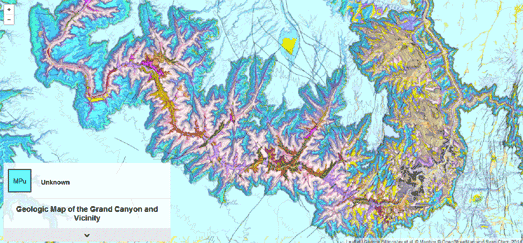Сообщения
Сообщения за февраль, 2016
New York on TV
- Получить ссылку
- X
- Электронная почта
- Другие приложения
Riots in the Age of Cholera
- Получить ссылку
- X
- Электронная почта
- Другие приложения
North Greenwich in 3D
- Получить ссылку
- X
- Электронная почта
- Другие приложения
Maps of the Week
- Получить ссылку
- X
- Электронная почта
- Другие приложения
Distressed America
- Получить ссылку
- X
- Электронная почта
- Другие приложения
Every Battle Ever - Mapped
- Получить ссылку
- X
- Электронная почта
- Другие приложения
Brest in 3D
- Получить ссылку
- X
- Электронная почта
- Другие приложения
Map Your Surname
- Получить ссылку
- X
- Электронная почта
- Другие приложения
The Baltimore Life Expectancy Map
- Получить ссылку
- X
- Электронная почта
- Другие приложения
The New York Heatmap of Rock
- Получить ссылку
- X
- Электронная почта
- Другие приложения
World Flight Data
- Получить ссылку
- X
- Электронная почта
- Другие приложения
The Geography of US Place Names
- Получить ссылку
- X
- Электронная почта
- Другие приложения
PBS - Meet the Candidates
- Получить ссылку
- X
- Электронная почта
- Другие приложения
Exploring Israel & Palestine with the NYT
- Получить ссылку
- X
- Электронная почта
- Другие приложения
Indigenous Dot Map of Australia
- Получить ссылку
- X
- Электронная почта
- Другие приложения
The 3D OpenStreetMap World of New York
- Получить ссылку
- X
- Электронная почта
- Другие приложения
The Twitter Search Map
- Получить ссылку
- X
- Электронная почта
- Другие приложения
Mapping the Battle of Jutland
- Получить ссылку
- X
- Электронная почта
- Другие приложения
Tilting at Windmills - The Life of Cervantes
- Получить ссылку
- X
- Электронная почта
- Другие приложения
Maps of the Week
- Получить ссылку
- X
- Электронная почта
- Другие приложения
Exploring the Solar System
- Получить ссылку
- X
- Электронная почта
- Другие приложения
Switching Map Labels in Leaflet
- Получить ссылку
- X
- Электронная почта
- Другие приложения
The Stonehenge History Map
- Получить ссылку
- X
- Электронная почта
- Другие приложения
Leaflet Map Panes
- Получить ссылку
- X
- Электронная почта
- Другие приложения
Mapping Terrorism in the United States
- Получить ссылку
- X
- Электронная почта
- Другие приложения
Urban Dictionary Map of San Francisco
- Получить ссылку
- X
- Электронная почта
- Другие приложения
Mapping Medieval Dublin
- Получить ссылку
- X
- Электронная почта
- Другие приложения
Interactive Geologic Map of the Grand Canyon
- Получить ссылку
- X
- Электронная почта
- Другие приложения
Mapping the Other Mexican Border
- Получить ссылку
- X
- Электронная почта
- Другие приложения
The Water Risk Atlas
- Получить ссылку
- X
- Электронная почта
- Другие приложения
Open Source Conflict Mapping
- Получить ссылку
- X
- Электронная почта
- Другие приложения
Two Maps for the Price of One
- Получить ссылку
- X
- Электронная почта
- Другие приложения
Mapping Car Ownersip in Melbourne
- Получить ссылку
- X
- Электронная почта
- Другие приложения
San Francisco's Maps of Sin
- Получить ссылку
- X
- Электронная почта
- Другие приложения
India's Real-Time News Map
- Получить ссылку
- X
- Электронная почта
- Другие приложения
The New Year's Eve Attacks in Cologne
- Получить ссылку
- X
- Электронная почта
- Другие приложения
Maps of the Week
- Получить ссылку
- X
- Электронная почта
- Другие приложения
Looking for Love? Try these Singles Maps
- Получить ссылку
- X
- Электронная почта
- Другие приложения
The World's Most Boring Roads
- Получить ссылку
- X
- Электронная почта
- Другие приложения




































